A celestial visitor to the inner solar system discovered by NASA’s Near-Earth Object Wide-field Infrared Survey Explorer mission is giving people in central Maine a good look at a comet for several days before it takes off into the distance, not to return for 6,800 years.
The comet has been named after its discoverer, NEOWISE, which uses a repurposed astronomical space telescope to detect and track near-Earth objects such as asteroids and comets, according to the space agency’s website. Several objects the system has detected have been labeled PHAs, potentially hazardous asteroids.
To get a good look at the comet, NASA advises avoiding well-lit places, using binoculars or a small telescope to view the comet, and looking into the northwest sky after sunset, when the comet will rise increasingly higher in the sky.
Copy the Story LinkSend questions/comments to the editors.

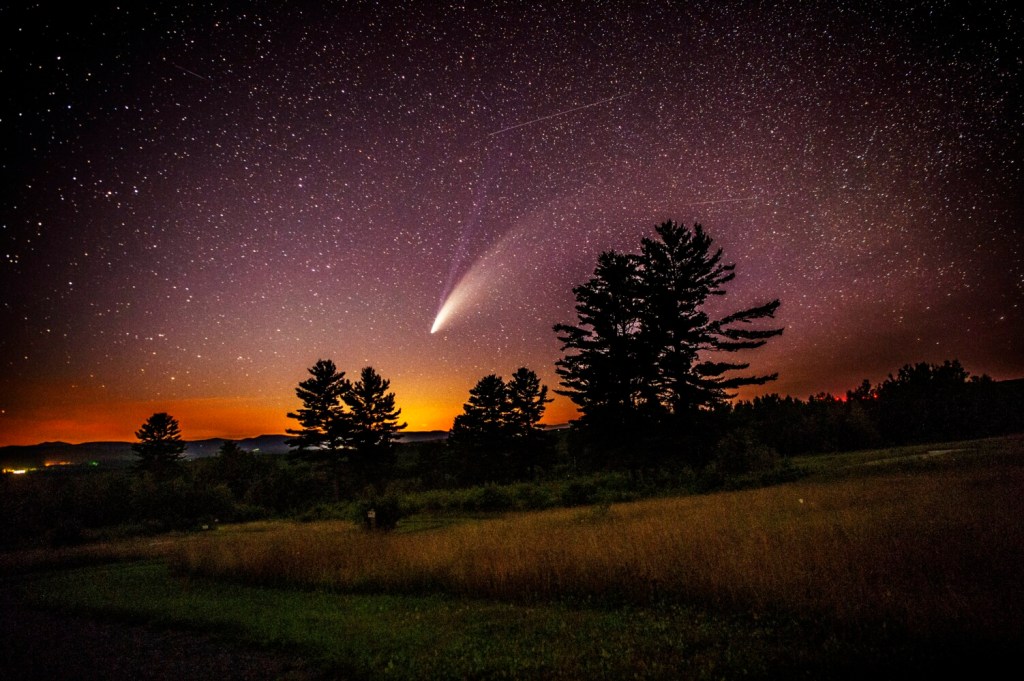
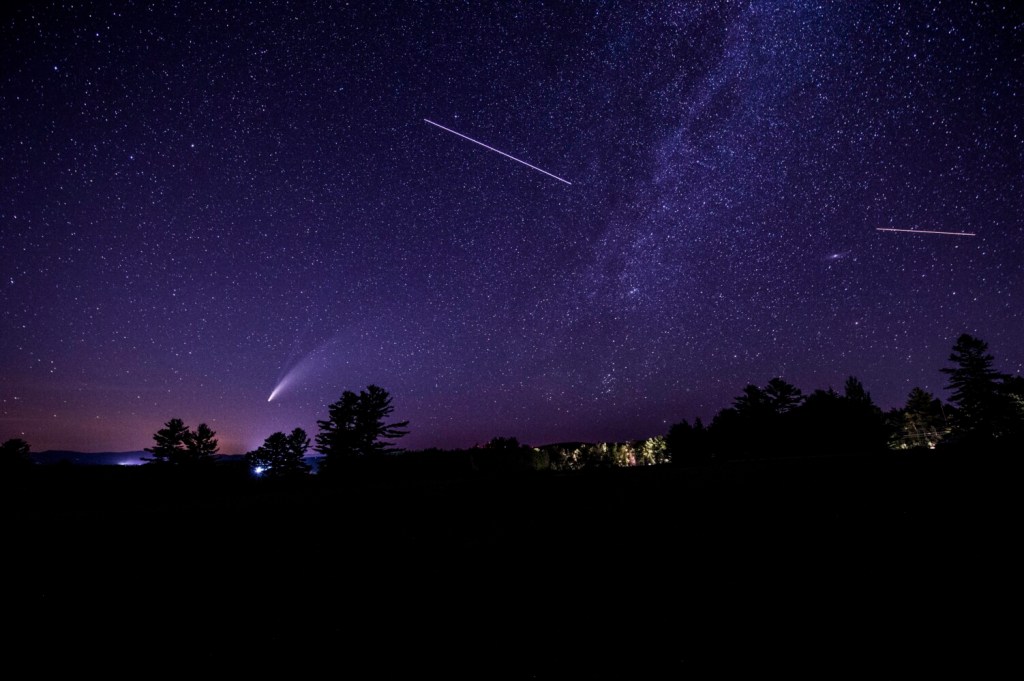
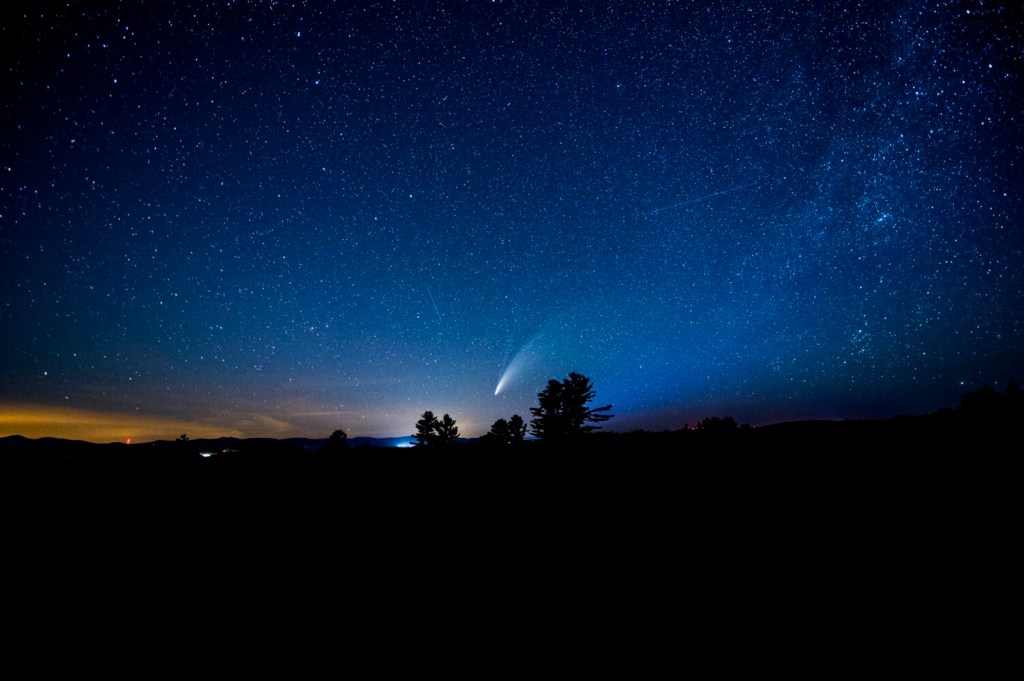
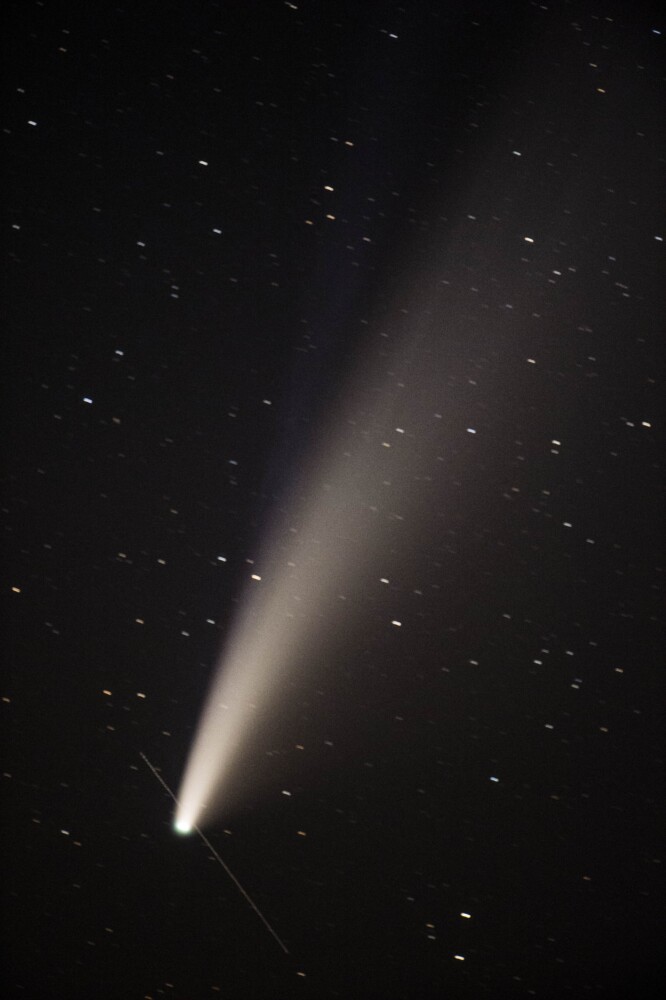
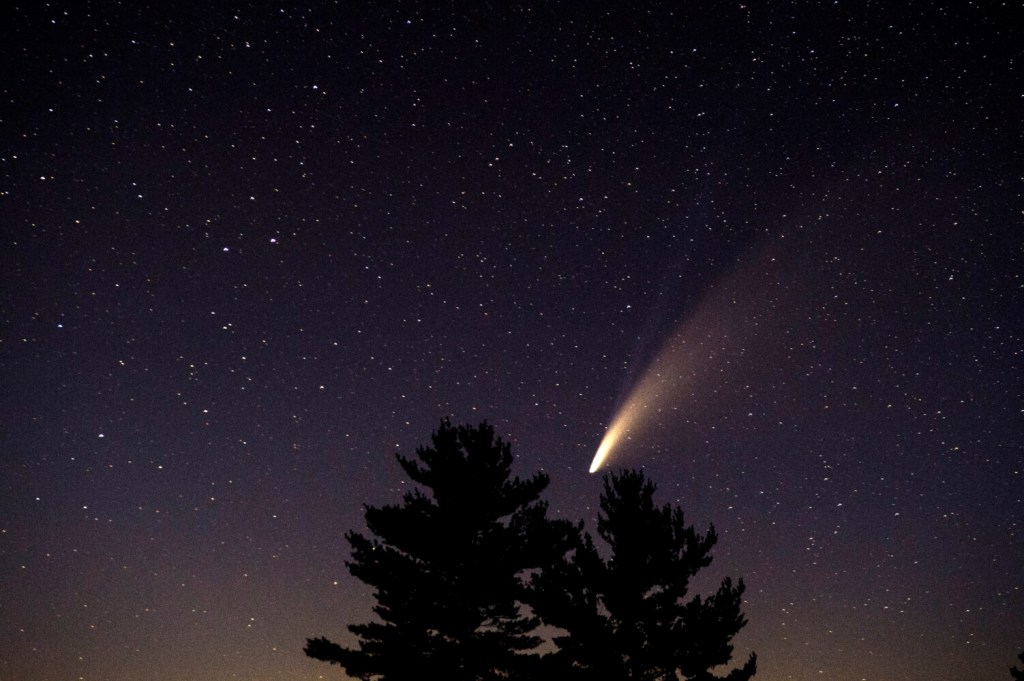

Success. Please wait for the page to reload. If the page does not reload within 5 seconds, please refresh the page.
Enter your email and password to access comments.
Hi, to comment on stories you must . This profile is in addition to your subscription and website login.
Already have a commenting profile? .
Invalid username/password.
Please check your email to confirm and complete your registration.
Only subscribers are eligible to post comments. Please subscribe or login first for digital access. Here’s why.
Use the form below to reset your password. When you've submitted your account email, we will send an email with a reset code.